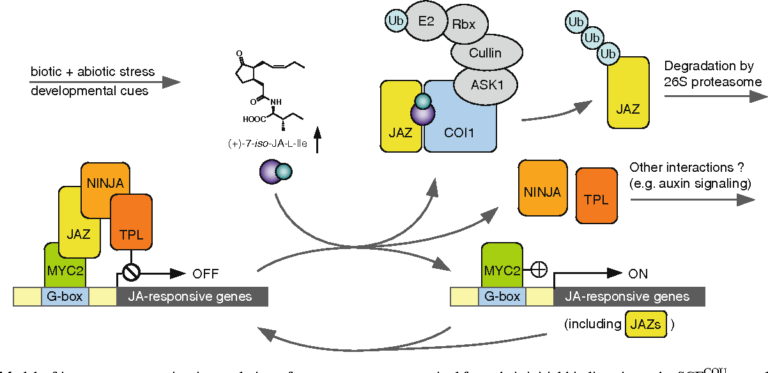- No products in the cart.
Bestatin, also known as Ubenimex, is a competitive protease inhibitor. It is an inhibitor of aminopeptidase B, leukotriene A4 hydrolase, aminopeptidase N. Bestatin is currently being studied for use in the treatment of acute myelocytic leukemia.
Antimalarial synergy between Bestatin and Endoprotease inhibitors
The pathway of hemoglobin degradation by erythrocytic stages of the human malarial parasite Plasmodium falciparum involves initial cleavages of globin chains, catalyzed by several endoproteases, followed by liberation of amino acids from the resulting peptides, probably by aminopeptidases. This pathway is taken into account as promising therapy target.
Hindrance of HIV infection
Bestatin, an inhibitor of LAPase, considerably attenuate HIV infection by reducing the range of positive immunofluorescence cells, p24 levels, polymerase activity and also the range of proviral copies found in Bestatin-treated cells. Cellular and extracellular LAPase activity in infected cells was higher than the LAPase activity found in uninfected cells. However, cellular and extracellular LAPase activity as well as total protein kinase C activity was lower in Bestatin-treated cells. Conversely, the incubation of human leukocyte HUT78 cells with LAPase promotes HIV infectivity.
Effect of Bestatin on Alcohol intake
Bestatin is an aminopeptidase and enkephalinase inhibitor that elevates the levels of angiotensin II and angiotensin III. Although it has been used for years in the treatment of various forms of cancer, its application as an anti-alcohol drug has not been explored, despite its ability to stimulate angiotensin activity. The present study assesses the ability of bestatin to reduce chronic alcohol consumption in the genetically selected high alcohol-consuming P rats. Years of experience with bestatin have shown it to be safe and free of major side effects. The present findings suggest that bestatin (Ubenimex) might also be useful in the treatment of alcohol abuse in humans.
A potent APN inhibitor
Bestatin, a small molecular weight dipeptide, is a potent inhibitor of various aminopeptidases as well as LTA4 hydrolase. Various physiological functions of bestatin have been identified, via:
- An immuno modifier for enhancing the proliferation of normal human bone marrow to form CFU-GM colonies
- An immune restoration and curative or preventive agent for spontaneous tumor;
- A pan-hematopoietic stimulator and restorator
- An inhibitor of several natural opioid peptides.
Immunotherapy with Bestatin for acute nonlymphocytic leukaemia in adults
In a cooperative randomized study of immunotherapy with bestatin together with chemotherapy in adults with acute nonlymphocytic leukaemia (ANLL), one hundred and one patients out of one hundred fifteen patients registered were evaluated as eligible. The bestatin cluster achieved a statistically vital prolongation of survival compared with the management cluster in overall ANLL and acute myelogenous lymphocytic leukaemia. In the analysis of patient age, the bestatin cluster achieved a statistically vital prolongation of each the remission period and survival in patients aged fifty to sixty five years, while the variations weren't vital within the fifteen to forty nine cohort. The bestatin cluster got a higher rate of reinduction of remission in patients who had return of leukaemia.
Provides a chemical genetics approach to dissect jasmonate signalling in Arabidopsis

Bestatin, a potent substance of some aminopeptidases, was shown antecedently to be a robust inducer of wound-response genes in tomato (Lycopersicon esculentum). Following procedure includes:
- First, bestatin specifically activates the expression of JA- inducible genes in tomato and Arabidopsis.
- Second, the induction of JA-responsive genes by bestatin needs the COI1- dependent JA-signalling pathway, however doesn't rely strictly on JA synthesis.
- Third, microarray analysis using Arabidopsis whole-genome chip demonstrates that the gene expression profile of bestatin-treated plants is analogous to it of JA-treated plants.
- Fourth, bestatin promotes a series of JA-related phenotypes.
The distinctive action mode of bestatin in regulation JA-signalled processes leads us to the hypothesis that bestatin exerts its effects through the modulation of some key regulators in JA signalling.
Up and down regulation of CD13/Aminopeptidase N
Bestatin is a low-molecular-mass dipeptide which has been demonstrated to have anti-tumor activities and immunomodulating activities. It has showed remarkable cell growth inhibition against HL-60 cells, whereas it was ineffective for HL 60R cells. Bestatin also showed growth inhibition in the concentration of 1 microg/ml against HL-60R cells which are resistant to differentiation induction by DMSO and TPA. In each cell sorts, the effect of growth inhibition by Bestatin treatment was dose dependent. With HL-60 cells, the upregulation of CD13/aminopeptidase N was found after 1 hr, however, the downregulation was observed after 3 hrs incubation with Bestatin.
On the other hand, the downregulation of CD15 and CD33 was observed after both one and 3 hrs incubation. Similarly, in HL-60R cells, the upregulation of CD13/aminopeptidase N was found temporarily (1hr), and then CD13 downregulation was observed after 3 hrs incubation with Bestatin. No notable modification was determined for expression of alternative myeloid-related antigens, e.g. CD14 (My4, LeuM3), CD11b (OKM1), and CD34 (My10). On the premise of those observations of in vitro activity, Bestatin can also be a good anti-leukemic agent in vivo.
Check out our latest deals on Bestatin here.
For more information and to view the original source from AG Scientific click here.






